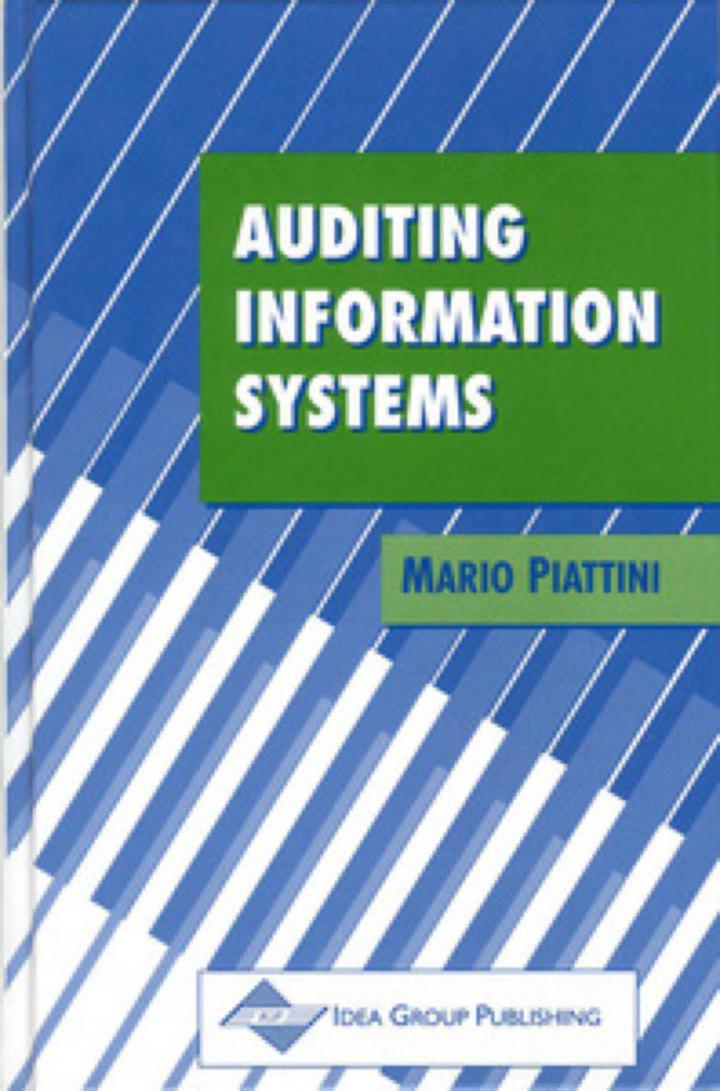
Background: Two firms can reduce emissions of a pollutant at the following marginal costs: MC1 = $691 MC2 = $222 where qi and q2 are, respectively, the amount of emissions reduced by the first and second firm. Total pollution-control cost functions for the two firms are, respectively: TC1 = $5+$3(01)2 TC2 = $5+$1(92) Assume that with no control at all, each firm would be emitting 10 units of emissions (for aggregate emissions of 20 tons), and assume that there are no significant transaction costs to implementing an emissions control program that reduces emissions. (1) What are the total industry costs of pollution control (i.e., for both firms combined) if a uniform emission standard is utilized to achieve an aggregate emission reduction of 6 tons? In other words, each firm is required to reduce emissions by 3 units. What are the marginal costs of pollution control for firm #1 and for firm #2 under the standard? (2) (3) Assume that the pollution control authority establishes an emission-trading program and that each firm is freely allocated 7 tons of emissions reductions. What is the cost-effective reduction of pollution by the two firms with a tradable permit approach? What are the marginal costs of pollution control for firm #1 and firm #2? What are the total costs of the emission-trading program? Suppose that the pollution control authority decides to reach its objective of 6 tons of aggregate emissions reduction with an emission charge instead of the use of uniform standards or an emission-trading program. What per-unit charge on emissions should the pollution control authority impose? How much government revenue will the tax system generate, if the tax is levied on all units of emissions? Which policy instrument--taxes, tradable permits, or a uniform standard--would you expect private industry to prefer (e.g., private industry as a whole, as well as individual firms), assuming the regulatory goal of achieving an aggregate emission reduction of 6 tons in the case considered above? Why? Background: Two firms can reduce emissions of a pollutant at the following marginal costs: MC1 = $691 MC2 = $222 where qi and q2 are, respectively, the amount of emissions reduced by the first and second firm. Total pollution-control cost functions for the two firms are, respectively: TC1 = $5+$3(01)2 TC2 = $5+$1(92) Assume that with no control at all, each firm would be emitting 10 units of emissions (for aggregate emissions of 20 tons), and assume that there are no significant transaction costs to implementing an emissions control program that reduces emissions. (1) What are the total industry costs of pollution control (i.e., for both firms combined) if a uniform emission standard is utilized to achieve an aggregate emission reduction of 6 tons? In other words, each firm is required to reduce emissions by 3 units. What are the marginal costs of pollution control for firm #1 and for firm #2 under the standard? (2) (3) Assume that the pollution control authority establishes an emission-trading program and that each firm is freely allocated 7 tons of emissions reductions. What is the cost-effective reduction of pollution by the two firms with a tradable permit approach? What are the marginal costs of pollution control for firm #1 and firm #2? What are the total costs of the emission-trading program? Suppose that the pollution control authority decides to reach its objective of 6 tons of aggregate emissions reduction with an emission charge instead of the use of uniform standards or an emission-trading program. What per-unit charge on emissions should the pollution control authority impose? How much government revenue will the tax system generate, if the tax is levied on all units of emissions? Which policy instrument--taxes, tradable permits, or a uniform standard--would you expect private industry to prefer (e.g., private industry as a whole, as well as individual firms), assuming the regulatory goal of achieving an aggregate emission reduction of 6 tons in the case considered above? Why







